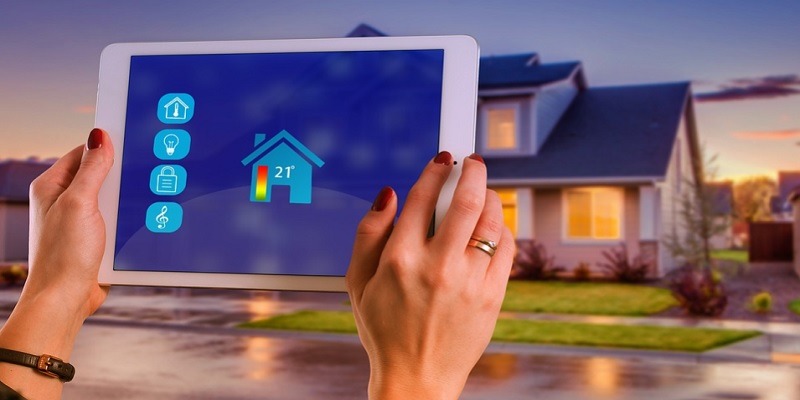
Home renovations are never easy: talk about messy, time-consuming and expensive activities. After all, removing load-bearing walls or risking stains and damages to the upholstery should be a well-thought-out decision.
Fortunately, smart home upgrades cause minimal hassles compared to a total renovation, and your budget won’t cross the limits. Whether you want to increase your property’s market value or make a luxury statement, building your own smart home is a worthy goal.
With the following tips below, you can build your own future-ready home without having to turn everything upside down.
What Comprises a Smart Home?
By definition, smart homes can range from humble connected dwellings to elaborate lairs fit for a Bond villain.
You might not have an immediate need for hidden trapdoors and remote-controlled secret compartments, but like those evil movie geniuses, you may still want everything to operate from one single button. And it’s not vanity: it’s what the Internet of Things is all about!
Such a single-button approach may include managing room lights from a smartphone app, the refrigerator sending you text alerts and using your voice and your Alexa speaker to adjust the Nest thermostat.
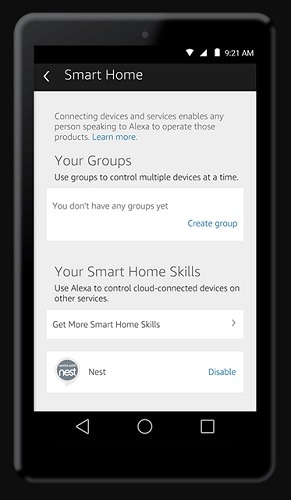
It goes without saying that having a reliable and secure Wi-Fi connection is compulsory, as the Internet powers most smart-home devices.
You will also require motion and proximity sensors, video doorbells, security cameras and central monitoring with Avira SafeThings. Having these bare minimum of devices to start with will still qualify your home as a smart home.
As shown below, I did some quick arithmetic on how much it is going to cost you. At a budget of around $3000, you can have pretty much all the smart home devices you will require.
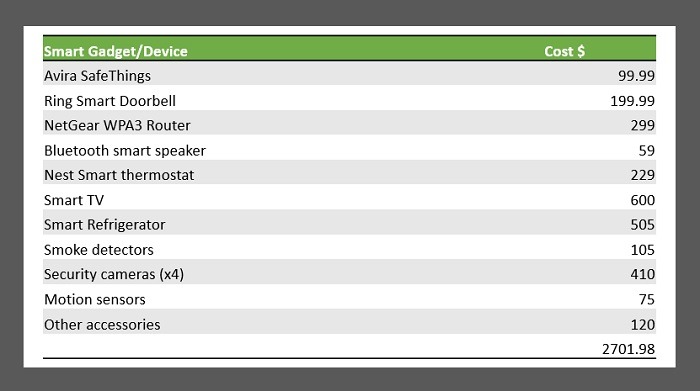
If Not Renovation, then What?
We saw that it is the smart devices that make a smart home system and you do not need actual renovation. However, a few modifications around the house can somewhat accelerate the process.
1. Go for USB Sockets: while the old ones connect heavy-duty appliances, it is helpful to upgrade to dual USB power sockets. These are the outlets of the future, as all consumer appliances support them by default.
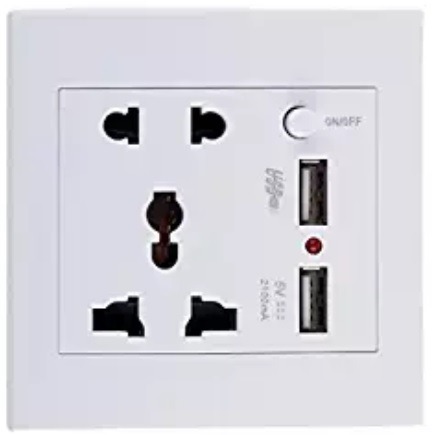
2. Use X-10 modules: to operate dozens of devices using remote controls, you might require a heavy-duty plug-in module. One such home automation standard is the X-10 module which can turn electronic devices on and off with a remote.
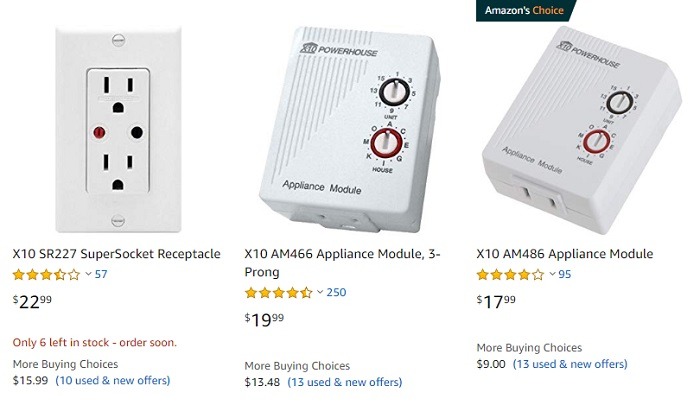
If you’re not a fan of wiring and rewiring, an X-10 module available online is the perfect accompaniment for a smart home. If you’re in the United States, you can also buy these modules at Radio Shack or Sears.
3. Run everything on wireless Internet: smart homes might sound the death knell of broadband Internet. All the extra wiring offers no specific advantage. You will want your next devices to become compatible with 5G networks.
4. Use DIY options: investing in a DIY kit makes sense for first-time smart home dwellers. It usually consists of a switchboard module and a mobile app to control all the devices at home. Existing electrical appliances can be incorporated into a smart home using these DIY kits.
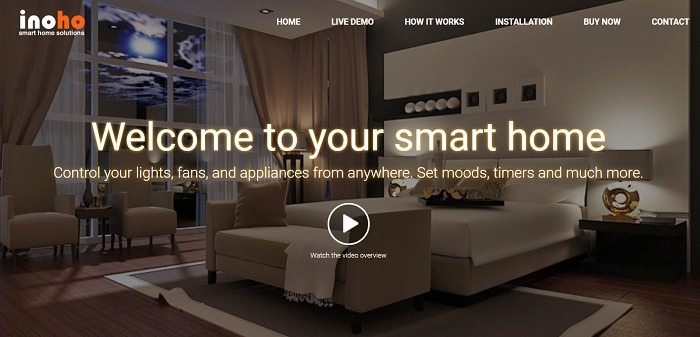
Wrapping Up
Just as we can’t envisage our present homes without air-conditioning (or central heating if you’re in a cold region), smart homes are becoming indispensable in the same way.
They are no longer about luxury but necessity. In due course, our lives will revolve around connected devices. All future consumer appliances will have smart extensions by default.
Are you ready for a smart home yet? Do let us know in the comments.
Image credit: CCO Public Domain







